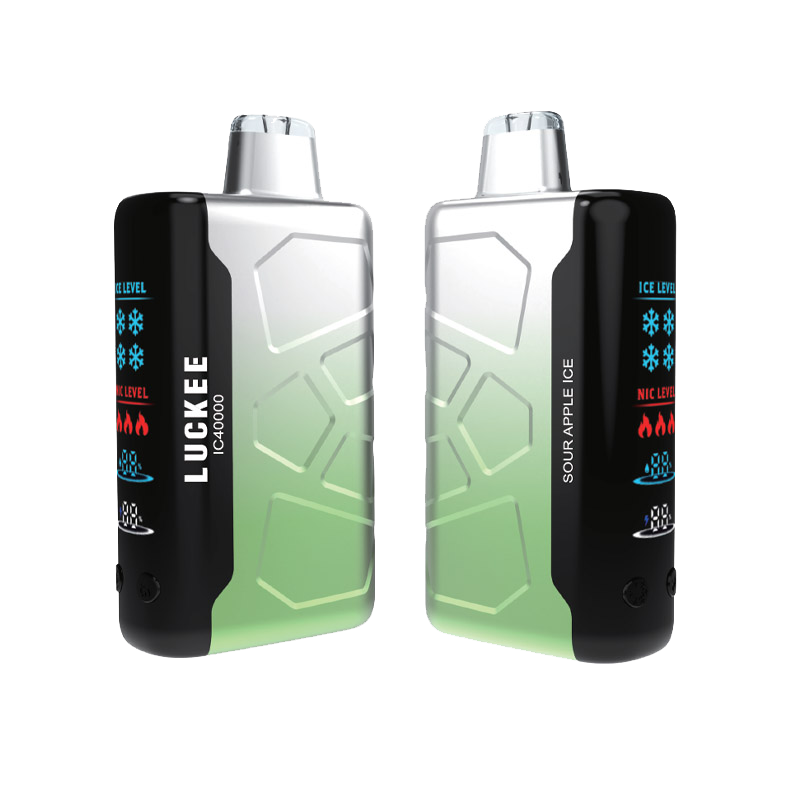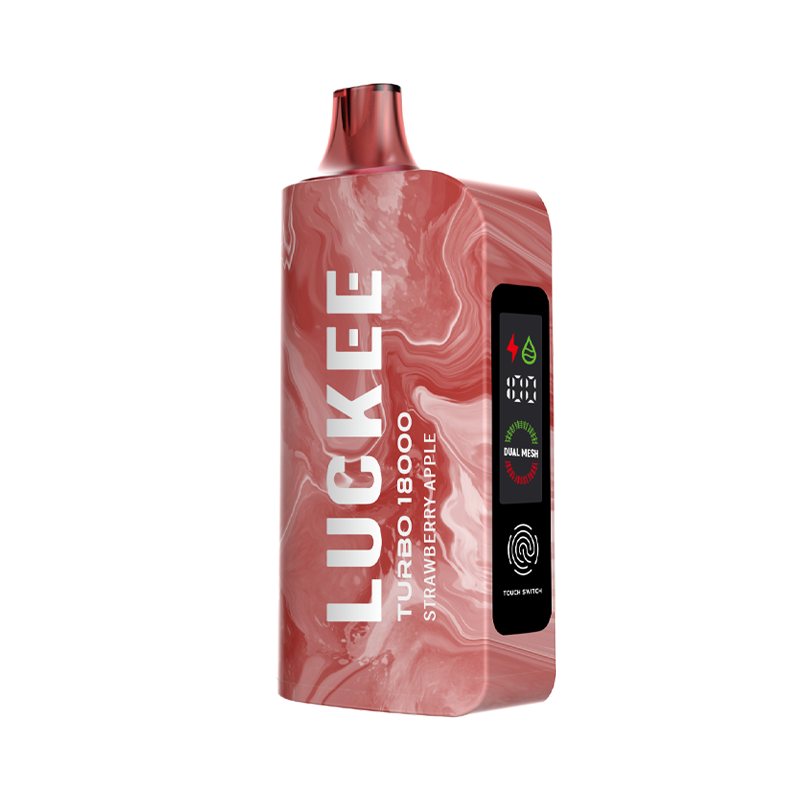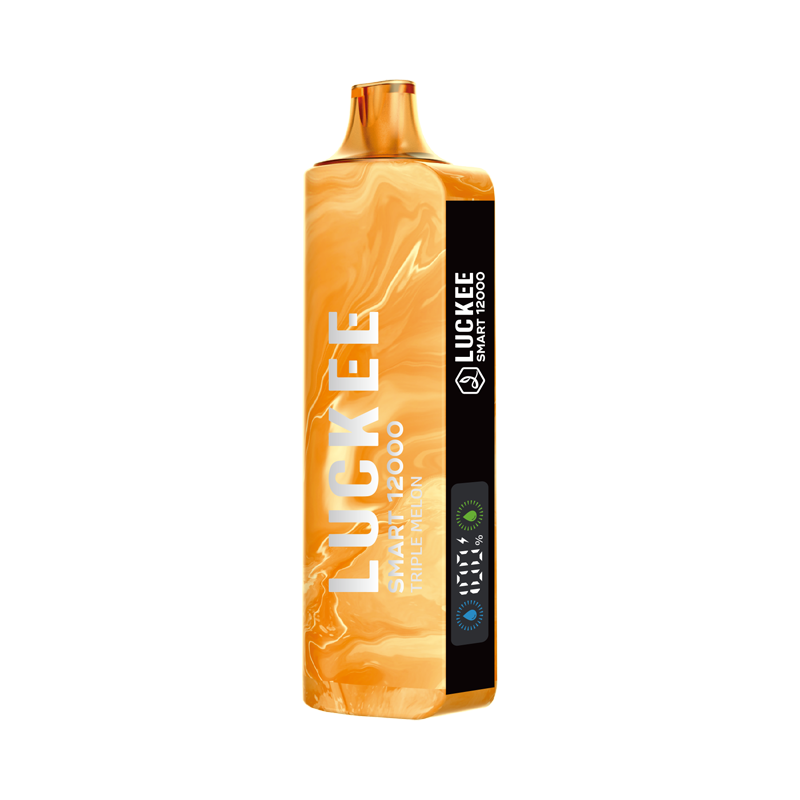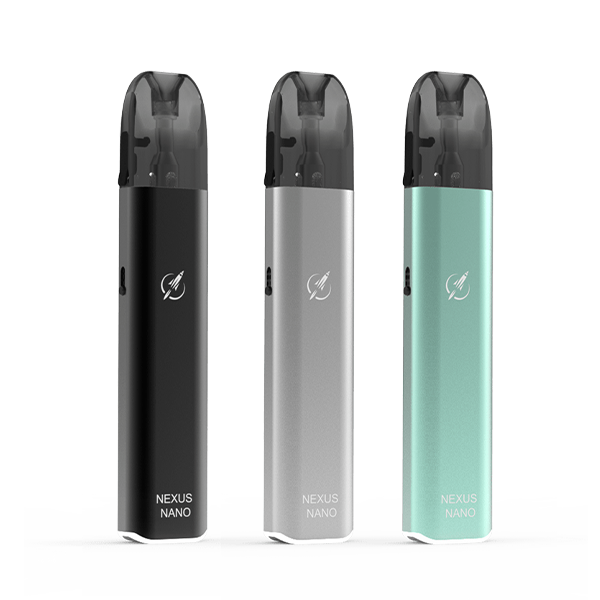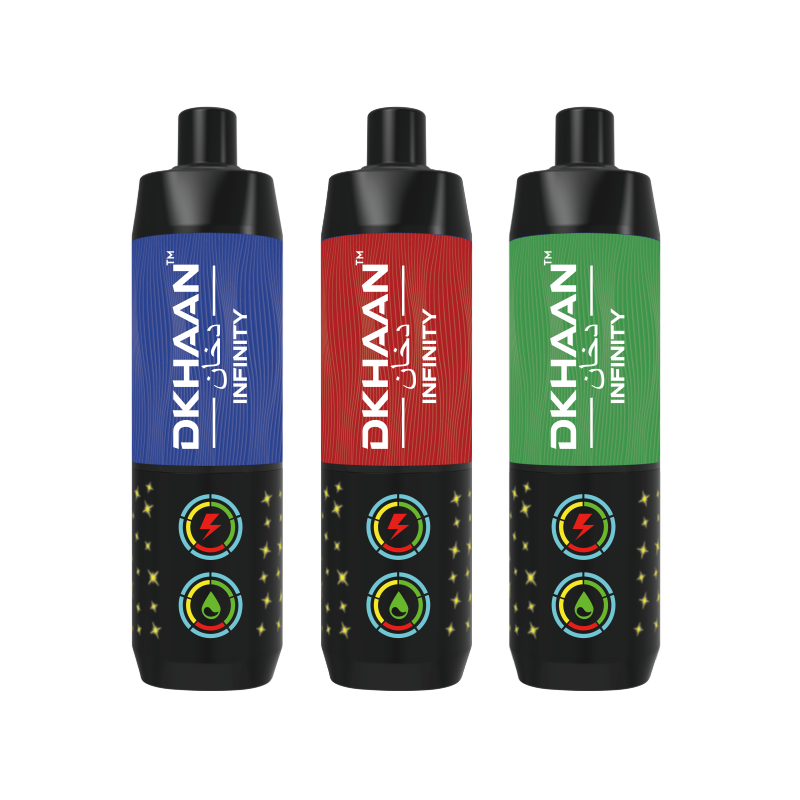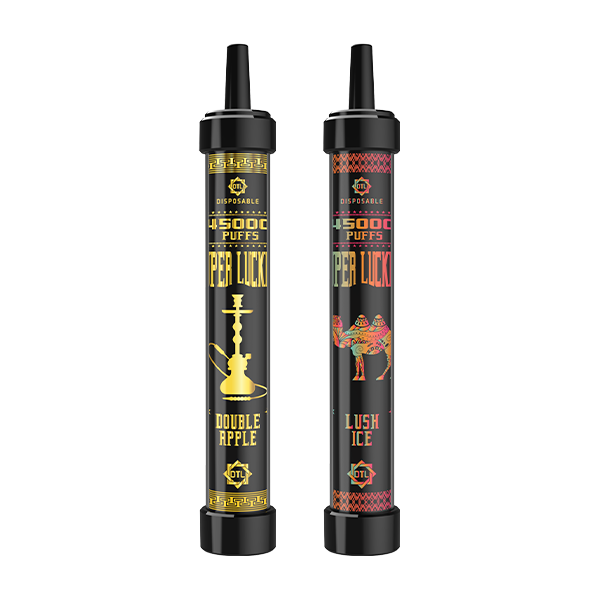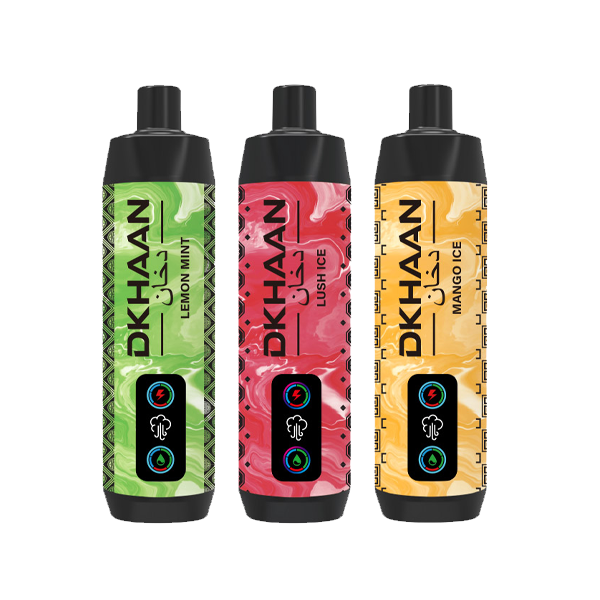I remember it vividly: finishing my third pack of cigarettes that week, feeling a heaviness in my chest and gasping for breath after just one flight of stairs. It was then I started to think about making a change—could switching to vaping be the answer? Like many others, I had my doubts. Was I simply trading one habit for another? Is vaping truly less harmful, or just clever advertising? Now, with years of personal experience, conversations with health experts, and in-depth research behind me, I want to offer a clear, evidence-based perspective for anyone weighing this choice.
Getting to the Core: What Are Smoking and Vapes?
How Smoking Works
Smoking traditional cigarettes means igniting processed tobacco, producing smoke that contains thousands of chemicals. The Centers for Disease Control and Prevention (CDC) reports that cigarette smoke includes more than 7,000 substances—among them tar, carbon monoxide, formaldehyde, arsenic, and benzene—many of which are known to be toxic or carcinogenic.(CDC Source).
Table 1: Common Harmful Chemicals in Cigarette Smoke
| Chemical Name | Known Health Risks |
| Tar | Lung damage, cancer risk |
| Carbon Monoxide | Reduces blood oxygen, leading to cardiovascular issues |
| Formaldehyde | Respiratory irritant, carcinogenic |
| Arsenic | Poisonous, increases cancer risk |
| Benzene | Known carcinogen, linked to blood disorders |
These substances contribute to serious health conditions such as lung cancer, heart disease, stroke, and chronic obstructive pulmonary disease (COPD).
How Vapes Works
Vaping operates on a completely different principle. Instead of combustion, it heats a liquid (called e-liquid or vape juice) to create an aerosol, which is then inhaled. This e-liquid typically contains nicotine, propylene glycol (PG), vegetable glycerin (VG), and food-grade flavorings.
Table 2: Common Ingredients in E-Liquids
| Ingredient | Purpose |
| Nicotine | Provides the stimulant effect and satisfaction |
| Propylene Glycol (PG) | Helps deliver flavor and provides throat hit |
| Vegetable Glycerin (VG) | Produces vapor clouds |
| Food-Grade Flavorings | Creates enjoyable flavors |
Importantly, vaping does not produce tar or carbon monoxide—two of the deadliest substances found in cigarette smoke.
What Does Scientific Research Say?
Key Findings from Authoritative Sources
In 2015, Public Health England (PHE) famously declared that vaping is 95% less harmful than smoking. This statement has been supported and reaffirmed in subsequent reports, positioning vaping as a practical harm reduction tool for adult smokers (PHE Source).
Similarly, Cancer Research UK highlights that while vaping is not without risks, it is far less harmful than smoking and can be a useful aid in quitting tobacco altogether (Cancer Research UK Source).
Johns Hopkins Medicine also supports the view that vaping exposes users to fewer harmful chemicals, but they caution against unregulated products, especially those linked to lung injuries (Johns Hopkins Source).
Table 3: Comparative Risk Assessment
| Health Risk Category | Cigarettes | Vaping |
| Carcinogenic Chemicals | High | Low |
| Cardiovascular Risk | High | Moderate |
| Respiratory Harm | Severe | Lower but present |
| Second-hand Exposure | High | Lower |
| Addiction Potential | High (due to nicotine) | High (due to nicotine) |
| Regulation & Oversight | Strong (in most countries) | Varies (stronger in regulated markets) |

The Truth About Nicotine: What’s Really to Blame?
Both traditional cigarettes and most vaping products contain nicotine, a substance known for its addictive properties. Yet, nicotine itself isn’t what makes smoking deadly—it’s how it’s delivered. Burning tobacco produces thousands of dangerous chemicals such as tar and carbon monoxide, which are the real culprits behind cancers, heart disease, and other serious illnesses.
Nicotine alone isn’t classified as a cancer-causing agent. While it can increase heart rate, blood pressure, and cause dependence, the most severe health effects are linked to inhaling smoke from burning tobacco—not nicotine per se.
How Vaping Shifts the Landscape
Vaping changes things by delivering nicotine through vapor, not smoke. E-liquids come in a variety of strengths (including zero nicotine), allowing users to control exactly how much nicotine they take in. This customizability is helpful for people wanting to reduce their nicotine use gradually, making it easier to taper down over time.
Many vape devices also offer puff counters or usage timers, encouraging more intentional consumption and helping users keep better track of their habits.
Vaping as a Step Toward Nicotine Freedom
For those who want to break free from nicotine altogether, nicotine-free vape liquids are available. These products let people satisfy the ritual and sensations of vaping without any nicotine, easing the transition away from dependency.
Of course, vaping isn’t completely without risks and should be viewed as a way to minimize harm rather than as a harmless habit. The ultimate goal for many should be quitting nicotine use entirely.
In short: nicotine isn’t the real danger—smoke from combustion is. Vaping gives users a less harmful way to consume nicotine, with greater flexibility and control. Used thoughtfully, it can be a valuable tool for quitting smoking and moving toward a nicotine-free, healthier lifestyle.
Nicotine Delivery Comparison
| Factor | Cigarettes | Vaping |
| Nicotine Delivery Speed | Fast via combustion | Moderate via aerosol |
| Fixed Nicotine Content | Yes (per cigarette) | Adjustable (various e-liquids) |
| Additional Harmful Chemicals | Thousands | Significantly fewer |
My Health Changes After Switching to Vaping
After making the switch to vaping, I soon began to notice positive changes in my health:
The persistent smell of tobacco no longer clung to my clothes or breath.
My lungs felt clearer, and I could tackle stairs and physical activity with greater ease.
I experienced less coughing and chest tightness, especially during the mornings.
My sense of taste and smell, dulled by years of smoking, noticeably improved.
However, vaping wasn’t without its own set of challenges:
The convenience and accessibility of vape devices made it easy to overuse.
While the risks were lower, I was still managing a nicotine dependency.
Gradually, I reduced the nicotine strength in my e-liquids, and found I could curb my cravings with fewer puffs. For the first time, I felt like I had more control over my nicotine consumption—something I never experienced as a smoker.
The Downsides and Risks of Vaping
Despite the benefits, vaping does carry some risks:
Respiratory Issues: Some people experience throat irritation or coughing, particularly with high-PG e-liquids or strong nicotine strengths.
Unregulated Products: Illicit or counterfeit vapes have been associated with serious lung injuries.
Appeal to Youth: Flavored vapes and sleek device designs can attract teenagers, raising important public health questions.
Unknown Long-Term Effects: Since vaping is a relatively recent trend, the long-term health outcomes are still being studied.
How Regulations Shape Vaping Safety
Around the world, different countries have enacted rules to manage vaping products, such as:
Caps on nicotine levels (e.g., the EU’s 20mg/ml limit).
Requirements for child-resistant packaging and ingredient transparency.
Marketing restrictions to prevent youth usage.
In the UK, for example, the Tobacco and Related Products Regulations 2016 ensure that products meet rigorous safety and quality standards. Unfortunately, such strong protections are not present everywhere, resulting in risks from unregulated products in some markets.
Is Total Nicotine Cessation Best?
Even though vaping is probably safer than smoking, quitting nicotine completely is still the healthiest path. Many—including myself—have used vaping as a tool to gradually reduce nicotine intake. Some go all the way to nicotine-free e-liquids before stopping entirely.
Tips for Reducing or Quitting Nicotine with Vaping:
Step down your nicotine concentration slowly (for example, from 5% to 3%, then 1.5%, and finally 0%).
Set limits for yourself, such as a daily puff count or defined vaping sessions.
Try leaving your vape at home when you go out, to break old habits.
If needed, consider using nicotine replacement therapies under the supervision of a healthcare provider.
Final Thoughts: My Personal Journey
Looking back, I can say that transitioning from smoking to vaping has genuinely improved my well-being. I no longer wake up coughing or feeling the effects of smoke in my lungs, and the guilt of smoking is gone.
Vaping isn’t risk-free, but compared to cigarettes, it has been a much better alternative for me. I’m still on my journey to reduce nicotine even further and encourage others to take small, positive steps toward better health.
If you’re considering making the switch, consult health professionals and be sure to use reputable, regulated vaping products. Remember, harm reduction isn’t about being perfect—it’s about making wiser, healthier choices as you move forward.

